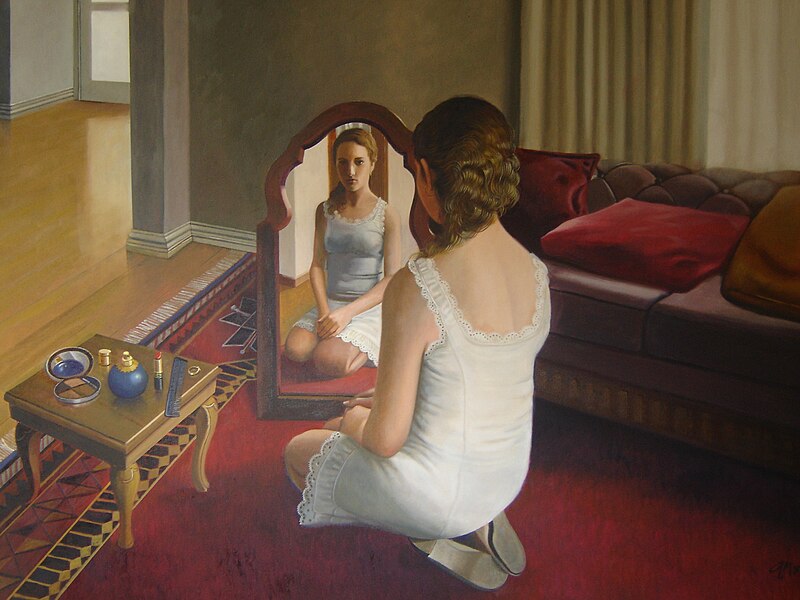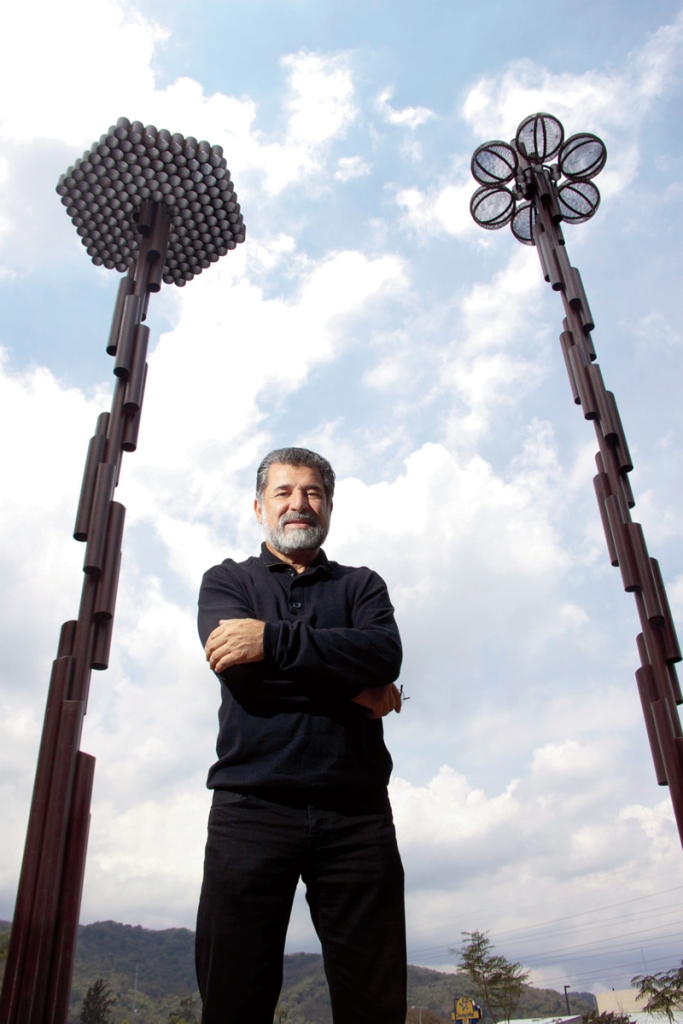In the early days, as in
the early nineteenth century, the people who were living in Costa Rica would
hire painters to come all the way from Europe to paint their portraits. At that
time, having your portrait done (and done well), was more or less a status
symbol, and pretty much anyone who was anybody (or wanted to be somebody) had
one done. These artists came and pretty much just never left Costa Rica. And
these artists who stayed ended up teaching the local residents their art,
whether it be painting, sketching, or sculpting. Generation after generation,
the Costa Ricans (or Ticos, as they’re known by their nickname), took these
European techniques and combined it with their own national identity and style and
what’s called Pura Vida to create their own styles.
This phrase Pura Vida
keeps coming up in all of my research. While it literally means “pure life,”
it’s used to mean something more like “full of life,” “this is the living!” or
“everything’s going great.” It’s somewhat used in a variety of situations, but
from what I’m gathering, is that it’s used as an answer to the question “How
are you?” when things are great, in the meaning that you’re grateful for life
itself. But I’m also sensing it’s much closer to the feeling/way of life that I
first encountered in Brazil of “life may not be the best, but it can be much
worse than it is right now, but why worry about it, let’s enjoy the company and
food and drink and where we are right now, it is what it is, whatever happens
will happen.” And it’s this feeling that Costa Rican artists try to convey in
their works.
Some of the more famous
artists are Gonzalo Morales Suaréz (mostly famous for his paintings, mostly
paints in a style resembling realism), and Ibo Bonilla (mathematics and
architecture professor, famous for many buildings and public sculptures).
Costa Rican literature
really didn’t come together as a genre until just before the beginning of the
20th century. So, it’s
fairly young as far as literature goes. Their literary history is more of less
divided up into generations.
The first generation was
called the Olympus generation (about 1890-1920). Generally, they are the
establishment and were the beginnings of setting the sense of their nationality.
Writers from this era were Manuel Argüello Mora (who was raised by his uncle
who was the President of Costa Rica in the mid 1800s whose
great-great-great-niece is actress Madeleine Stowe), Carlos Gagini (author, linguist,
and Esperanto-speaker), and Manuel González Zeledón (journalist as well as
Ambassador to the US).
Next came the repertory
generation (about 1920-1940). Literature at this time took a slight turn. The
language itself and styles changed, utilizing different forms, less classical,
less formal, using and utilizing parody, satire and off-color, grotesque or
dark humor. Writers who emerged during this time were Joaquín García Monge (considered
one of Costa Rica’s most famous writers), and Carmen Lyra (educator,
journalist, she started the first Montessori school in Latin America, her face
is on the 20,000 colones bill [starting in 2010]).
The 40s generation
actually lasted until the early 1960s. During this time, social reform, land
reform, and the introduction of multi- and trans-national corporations began to
be on the forefront of topics discussed.
Literature became the catalyst and forum for voicing opinions on these
subjects during these times. The civil war took place halfway through this
generation as well. Major writers
include Fabián Dobles (a writer of many mediums, became known for his work on
and with the plights of the poor and social unrest) and Carlos Luis Fallas
(author, political activist, won a prize for his work Marcos Ramírez).
The urban generation
came next and lasted until the 1980s. Literature in this era generally
reflected the urban growth taking place, where the city was a common setting,
and it also highlighted the industrial movements and corporate modernizations
that were taking place in Costa Rica. Major authors include Carmen Naranjo
(also served as Costa Rica’s ambassador to Israel as minister of culture), and Jorge
Debravo (poet, grew up in a poor family, was first published when he was in the
9th grade, killed at the age of 29 by a drunk driver, the National
Day of Poetry is held on his birthday, January 31).
Today, literature is a
combination and culmination of influences of all of the preceding generations.
It keeps emerging and changing and is constantly influence by everything around
it. One writer, Oscar Núñez Oliva
is one of the most famous writers to come out of Costa Rica. His first novel, El Teatro Circular won a national prize in Costa Rica in 1998, a
year after it was published. He’s
since then published two other novels.
Up next: music and dance




No comments:
Post a Comment